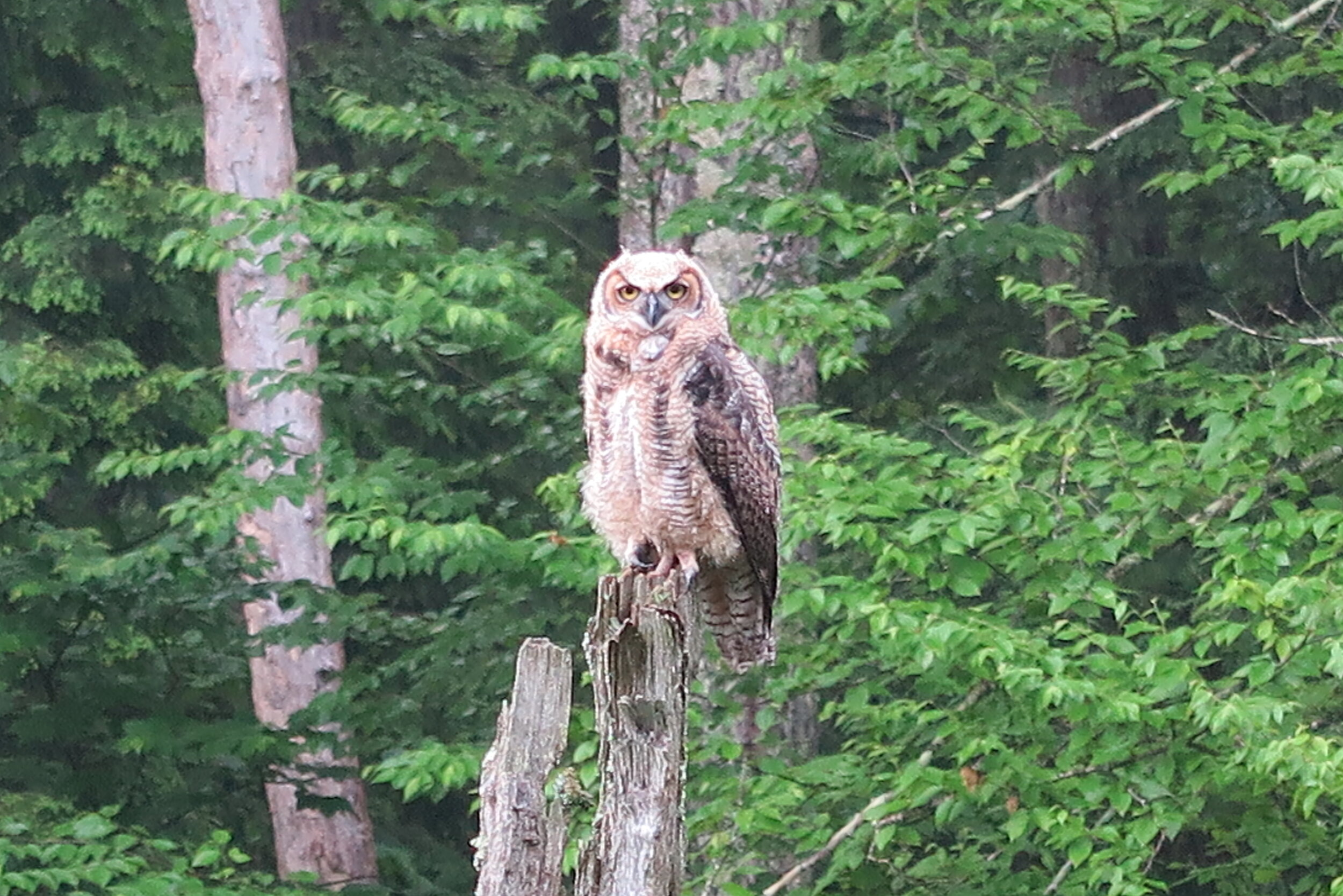Normally, when I visit my old hometown of Acton, Mass to spend time with my parents, who still live here after 40 years, I spend a lot of time in the city. I will head to Boston or environs to see old friends, attend concerts (such as Coldplay, Radiohead, Thomas Dolby, Barenaked Ladies and others I’ve seen in recent years), visit museums (MFA is my favorite in Boston), take my daughters to the Aquarium, see colleagues at Harvard, BU, or MIT, go shopping for books at Harvard Square, and walk around Boston Common and Quincy Market. We spend a lot of our time in the city in other words.
This time was different. The outbreak of COVID-19 led us to leave our home in Shanghai and seek temporary shelter in my parents’ home in Acton in March. Soon afterwards, it prevented us from doing any of the things listed above that we normally do here. Museums, parks, cinemas, shopping centers, conferences, universities—you name it, they all shut down quickly in March. Since June, there’s been a soft reopening, but we are in no hurry to rejoin the multitudes, particularly in this state, which has seen one of the worst outbreaks of the disease in the USA (our close proximity to New York City, the epicenter of COVID for the world, didn’t help).
Instead, while sheltering here in Acton, I’ve been compelled to take long, solitary walks in nearby forests. What began as a necessity quickly became an obsession, as I rediscovered the joys of nature walks and forest baths. I’ve written about this extensively in my two previous blogs.
I started by taking walks in the conservation land in North Acton behind our home. It is large and has many well-marked trails, and the presence of a wetland and brook (Nashoba Brook) adds greatly to the variety of the experience.
I also began to explore other conservation lands and wildlife refuges that are all within easy driving distance (20 minutes or so) of our home in Acton. Here are some of the places I’ve been to over the past three months:
Rocky Hill Wildlife Sanctuary in Groton
Nashoba Brook Watershed in Westford
Great Meadows Wildlife Refuge in Concord and Lincoln and Carlisle
Assabet River National Wildlife Refuge in Sudbury
Oxbow National Wildlife Refuge in Harvard
I have plans to visit others this month as well. While some of these have been solo walks, I’ve also gone with my parents, my daughters, and combinations of the above.
Sacred Lands: No wonder forests and rivers and streams have been considered sacred to the native peoples who once roamed these parts, before they were displaced by colonial settlers from England and Europe in the 1600s. These places offer one endless opportunities to meditate on the beauty and interconnectedness of the natural world and the creatures and plants that inhabit it.
This little adventure has also rekindled my interest in birds and trees, which lay dormant for many years as I lived a very urban lifestyle in Shanghai and Kunshan. I’ve been reading books and consulting guidebooks on trees, forests, and birds, and trying to use the knowledge I’m gaining to interpret what I see during my walks. While I am still a long way away from being comfortable identifying individual birds and trees, or recognize bird calls and songs, I have definitely improved my overall skill sets and can recognize families and types much more easily. In particular I’ve been reading a lot about owls, since they kept appearing during my walks, and they are such fascinating creatures to see in the wild, with their haunting eyes and apex predator behaviors. So between scouring forests and wetlands for birds, and checking out the overstory and understory of the forests, I’ve been well rewarded by these long walks in the conservation lands and wildlife refuges that surround us here in Acton.
I don’t know how all this newfound knowledge, insight, and experience will serve me in my career as a China/Asia specialist and historian. Still, in addition to helping me cope with our current circumstances and the uncertainties, it is endlessly fascinating to learn about nature. One of the big takeaways from all this research and observation is how closely connected everything in nature is, and how each being has a profound impact on the others that share the forest or wetland. No wonder the native Americans considered forests and waters to be sacred places.
Now, I’m reading a book on trees that brings it all home: The Hidden Life of Trees by Peter Wohlleben. Since reading the Overstory earlier this year, I’ve become fascinated by these woody characters. This book provides so much food for thought, explaining how trees are intimately connected to each other and can communicate with each other, and how forests operate on the holistic level. Another good book along these lines is Reading the Forested Lands: A Natural History of New England by Tom Wessell, which covers forests, trees, and the natural history of the lands in which they grow, as well as the influence of human interventions on these forests and lands. Like John Mitchell Hanson’s book Ceremonial Time, this book makes one far more cognizant of the deep history of the forests, wetlands and other natural environments in which I find myself roaming.

